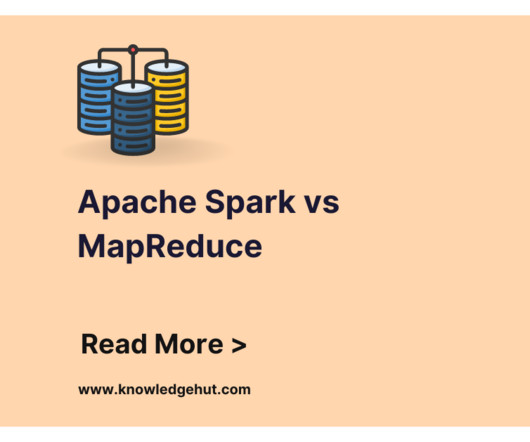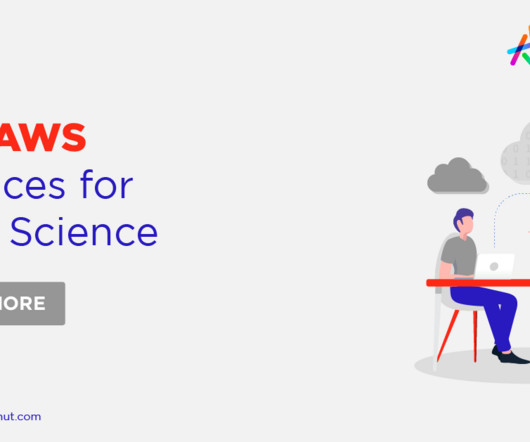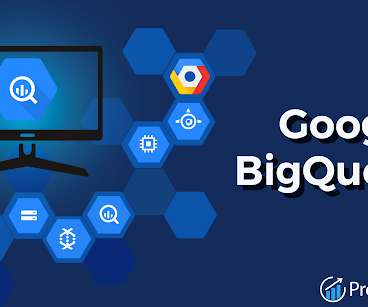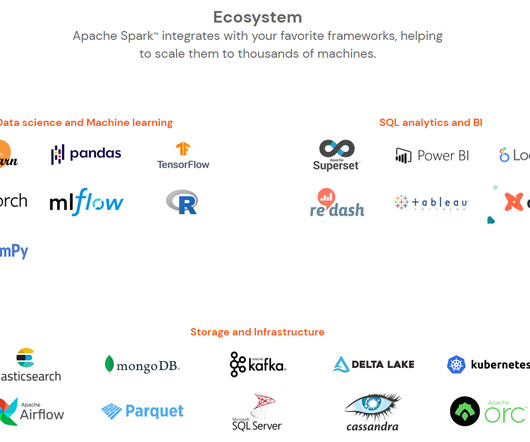How to Become an AWS Data Engineer: A Complete Guide
ProjectPro
JUNE 6, 2025
AWS Data Engineering is one of the core elements of AWS Cloud in delivering the ultimate solution to users. AWS Data Engineering helps big data professionals manage Data Pipelines, Data Transfer, and Data Storage. Table of Contents Who is an AWS Data Engineer? What Does an AWS Data Engineer Do?















Let's personalize your content